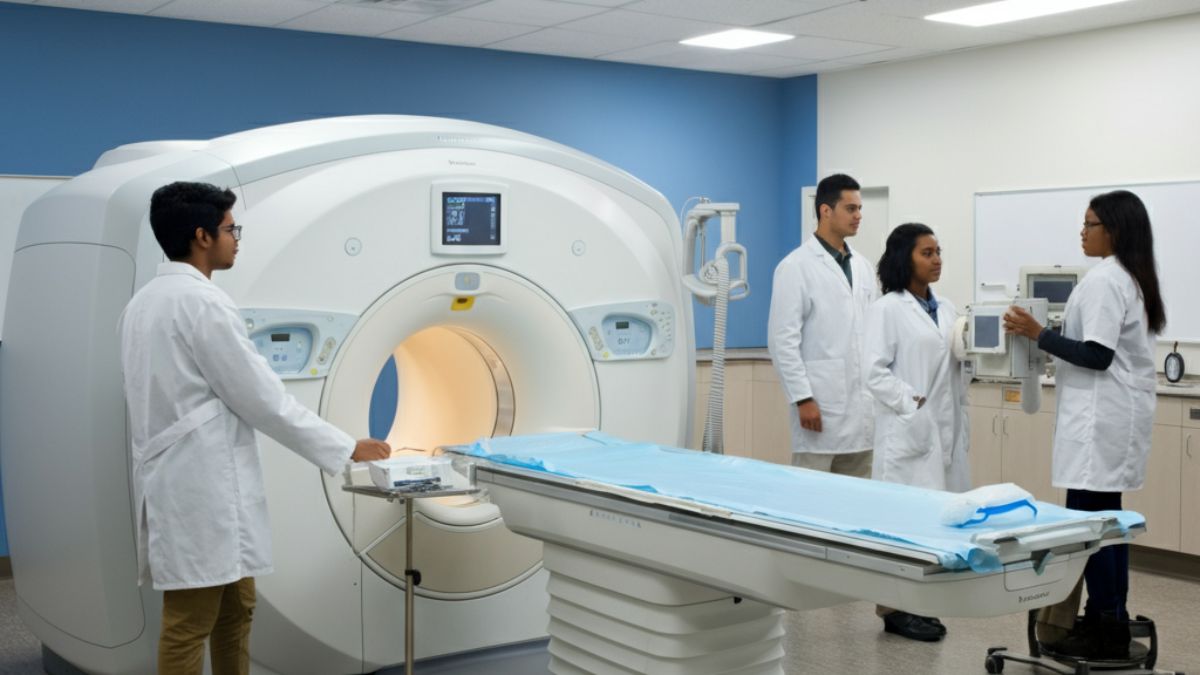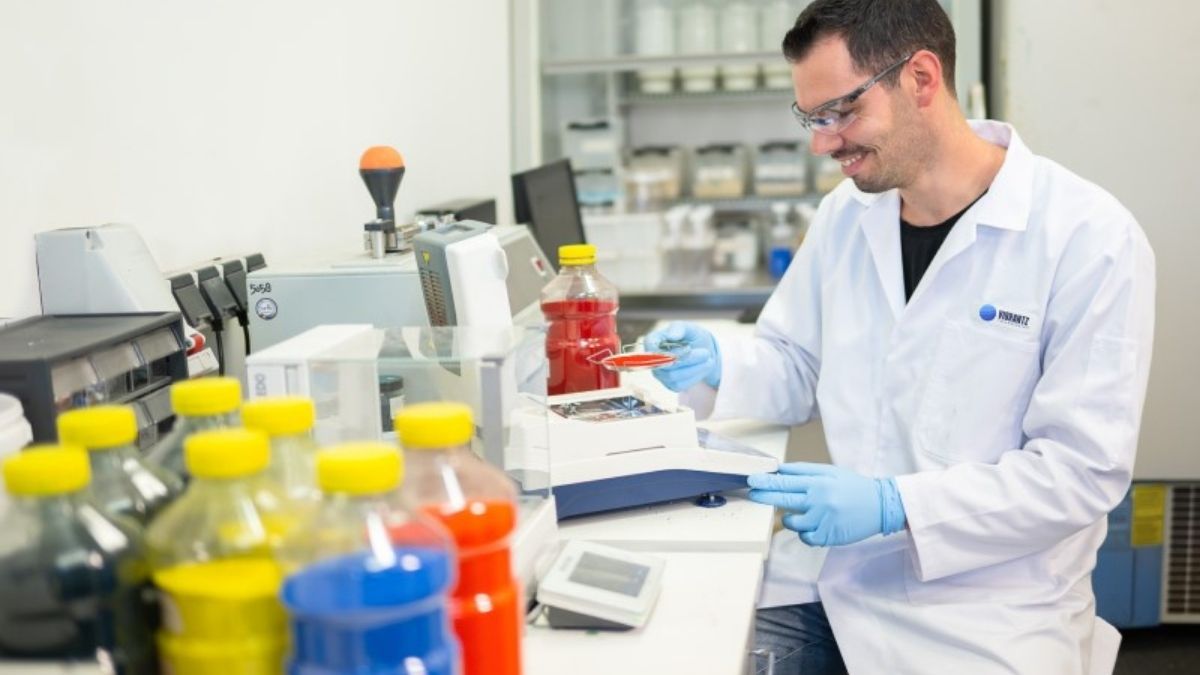Thinking about pursuing a career in radiologic technology? You’re not alone. Radiologic technologists play a crucial role in modern healthcare, helping patients get the diagnostic imaging they need for accurate and timely medical care. But how do you become a radiologic technologist, and what can you expect along the way? This guide will walk you through what a radiologic technology program entails, why it’s a rewarding career choice, and how to get started.
What Is Radiologic Technology?
Radiologic technology—often referred to as medical imaging—focuses on capturing detailed images of the body’s internal structures using various imaging techniques. These images are used by medical professionals to diagnose and treat a wide range of conditions.
Radiologic technologists (or “rad techs”) are trained to operate imaging equipment such as X-ray machine, computed tomography (CT) scanners, and magnetic resonance imaging (MRI) systems. They also work closely with patients to ensure their comfort and safety during the imaging process.
If you’ve ever had an X-ray or an MRI, you’ve already benefited from the expertise of a radiologic technologist.
Why Choose a Career in Radiologic Technology?
Before we dig into the details of a radiologic technology program, let’s cover a few compelling reasons why this career might be the perfect fit for you.
1. High Demand and Job Security
The healthcare sector is growing rapidly, and radiologic technologists are no exception. According to the U.S. Bureau of Labor Statistics, employment for radiologic technologists is projected to grow 6 percent from 2021 to 2031, faster than the average for all occupations. With an aging population and a growing need for diagnostic imaging, the demand for skilled rad techs shows no signs of slowing down.
2. Competitive Salary
Radiologic technologists enjoy competitive pay, with the median annual wage in the U.S. around $65,000 (depending on specialization and location). With experience or additional certifications, you can expect to earn even more, particularly in advanced imaging fields such as interventional radiography or mammography.
3. A Fulfilling Career
At its core, radiologic technology is about helping people. Whether you’re capturing life-saving images for a cancer diagnosis or ensuring a broken bone is properly set, you get to make a direct, positive impact on patients’ lives.
4. Opportunities for Specialization
A career in radiologic technology offers plenty of room for growth. After completing a foundational radiologic technology program, you can pursue specializations like MRI technology, CT scanning, or even radiation therapy. This flexibility allows you to explore areas that match your interests and skills.
What Does a Radiologic Technology Program Cover?
To become a radiologic technologist, you’ll need to complete a formal training program. Most programs are designed to provide you with the technical skills and clinical experience needed to excel in the field. Here’s what you can expect.
Program Length
Radiologic technology programs typically take 2 years to complete and lead to an associate degree. Some universities also offer 4-year bachelor’s degree programs, which may include additional coursework in management or leadership roles within radiology.
Coursework
Radiologic technology programs combine classroom learning with hands-on clinical experience. Key subjects you’ll study include:
- Radiographic Procedures: Techniques for capturing accurate, high-quality images of specific body parts.
- Patient Care: How to prepare patients for imaging and ensure their safety during procedures.
- Anatomy and Physiology: A deep understanding of the human body’s structure and function.
- Radiation Safety: Training on minimizing radiation exposure to patients, yourself, and the healthcare team.
- Imaging Equipment Operation: Hands-on practice with X-ray, CT, and MRI machines.
Clinical Training
Clinical training is a critical aspect of any radiologic technology program. You’ll spend time working in hospitals or diagnostic imaging centers, gaining real-world experience under the supervision of experienced technologists. This hands-on training prepares you to handle the complexities of patient care and imaging procedures confidently.
Certification and Licensing
After completing your program, you’ll likely need to obtain certification to work as a radiologic technologist. Most employers in the U.S. require certification from the American Registry of Radiologic Technologists (ARRT). Certification ensures you meet industry standards for knowledge and skill.
To maintain certification, rad techs must also pursue continuing education throughout their careers—keeping you on the cutting edge of imaging technology.
Tips for Succeeding in a Radiologic Technology Program
1. Stay Organized
Balancing coursework, clinical hours, and personal commitments can be challenging. Use a planner or digital calendar to keep track of deadlines, exams, and schedules.
2. Develop Strong Communication Skills
You’ll work with patients from all walks of life—some nervous, others in pain. Good communication skills are essential for putting patients at ease and explaining procedures clearly.
3. Build a Solid Support System
Whether it’s classmates, instructors, or friends and family, having a support system to lean on can make your educational experience much smoother. Study groups are especially helpful for practicing procedures and preparing for exams.
4. Stay Curious
Radiologic technology is always evolving. Stay curious and open to learning about new advancements in imaging techniques and equipment. Your enthusiasm will set you apart as a lifelong learner.
What Happens After Graduation?
Once you’ve graduated, passed your certification exam, and obtained state licensure (if required), you’re ready to start your career. Here’s what’s next:
- Apply for Entry-Level Roles: Most new grads start as general radiologic technologists in hospitals, urgent care centers, or imaging clinics.
- Explore Specializations: After gaining some experience, consider certifications in advanced modalities like MRI, CT, or ultrasound.
- Continue Learning: Pursue continuing education opportunities to stay ahead in this dynamic field.
Is Radiologic Technology Right for You?
If you’re passionate about healthcare, enjoy working with technology, and thrive in fast-paced environments, radiologic technology could be a perfect fit for you. This field offers a unique blend of technical expertise and human connection, making it both challenging and rewarding.
Start Your Journey Today
Curious about the next steps in your radiologic technology career? Start by looking for accredited programs in your area, and don’t hesitate to connect with professionals already in the field. They can provide invaluable insights and advice to help you succeed.
Your career as a radiologic technologist awaits—take your first step today.











